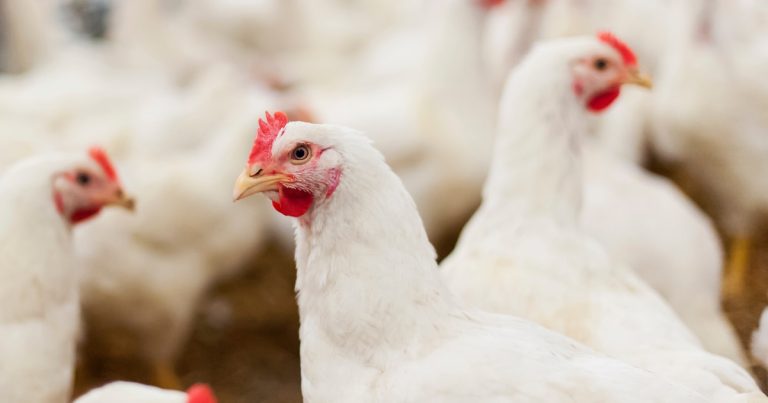The Centers for Disease Control and Prevention (CDC) announced Friday that a second health care worker who had contact with the Missouri patient who tested positive for H5N1 influenza also had respiratory symptoms but was not tested for the flu.
The Missouri avian influenza patient, who had no history of contact with poultry or dairy cattle, was hospitalized in August and tested positive for the H5 virus. The patient, who had serious underlying health conditions, has since recovered.
The CDC reported last week that a health care worker who cared for the patient had mild respiratory symptoms but tested negative for influenza. Additionally, a person who lived in the same household as the Missouri patient became ill the same day. The household contact had gastrointestinal symptoms that can be associated with influenza infection, a CDC spokesperson said.
Initially, CDC principal deputy director Dr. Nirav Shah said in a conference call with reporters last week that the patient’s close contacts had not shown signs or symptoms of the disease and that the situation was likely a “one-off.” Three contacts have since been identified, but it is not yet clear whether they were infected with the H5 virus.
The CDC is taking blood samples from the Missouri patient and household contacts to conduct serological tests that can identify past infection with the H5N1 virus, a process that could take several weeks.
The CDC said Friday that the second health care worker was not tested for influenza because his symptoms had subsided before the investigation began. The second health care worker will be offered a blood test to see if he has antibodies to the avian flu virus.
H5 viruses do not typically spread from person to person, but they remain a concern to health officials because of high mortality rates around the world.
The CDC said Friday that it is still not clear how the Missouri patient contracted avian flu.
Outside experts have expressed alarm at the unusual timing of the disease, especially since it occurred outside of flu season.
Dr. Matthew Binnicker, director of the Clinical Virology Laboratory at Mayo Clinic, said the Missouri patient and a household contact may have contracted the virus from the same source or one may have infected the other, suggesting possible person-to-person spread.
“I’m really hopeful that ultimately it will be determined that there may have been animal contact, because if not, it’s a little scary,” Binnicker said in an interview before Friday’s update.
The Missouri patient is not known to have had contact with animals, but CDC officials said last week they were investigating whether the patient had contact with wild birds or bird feeders, or consumed meat or dairy products, including raw milk.
Dr. William Schaffner, an infectious disease expert at Vanderbilt University Medical Center in Nashville, Tennessee, said that even if the virus has been transmitted from person to person, it doesn’t necessarily mean that it has changed in a way that makes it more susceptible to infecting humans.
“Avian flu infection may be transmitted in a very limited way to people who have had very close contact with the index patient,” Schaffner said, “but that doesn’t mean the virus has acquired the genetic ability to spread easily.”
According to the CDC, since March, 14 cases of avian influenza have occurred, primarily among poultry and dairy workers, as the H5N1 virus spreads rapidly among cows on 213 dairy farms in 14 states.

